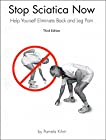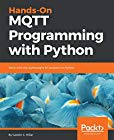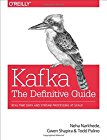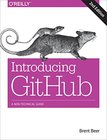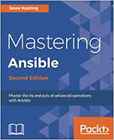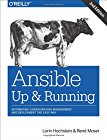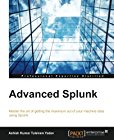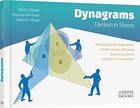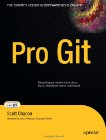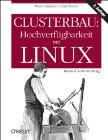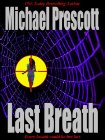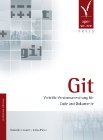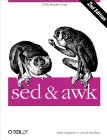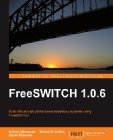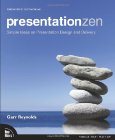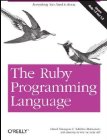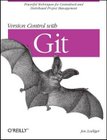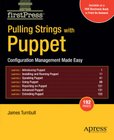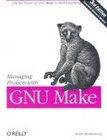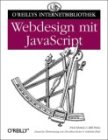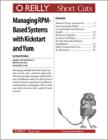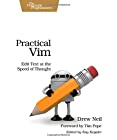
Once, when I picked up a book from the local library, the librarian asked to tell her what I thought about the book when I would bring it back. Well, why not write a few lines about all the books I read so everybody could see what I thought about it? I'm often also happy to have friends recommend a certain book or tell me this and that is not really worth reading. I won't comment about the tons of books I have read so far, but about books I read from now on.
| highly recommended | sehr empfohlen | |
| good reading | gutes lesematerial | |
| average | durchschnittlich | |
| not too interesting | nicht allzu interessant | |
| recommended not to read it | empfehlung das buch nicht zu lesen |



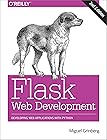



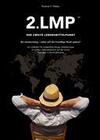











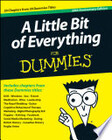






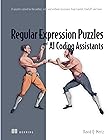















































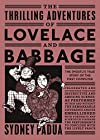



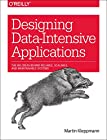



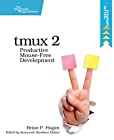
 |
|
|---|---|
| title | Practical Vim |
| author | Drew Neil |
| ISBN-10 | 1-934-35698-0 |
| ISBN-13 | 978-1-934-35698-2 |
| ASIN | |
| rating | |
| date | 2021-Apr-04 |
Probably everybody hated vi when first met. And yet, once you understand the modes of this editor and learn only half a percent of its features, you come to love it. Even though many of my friends consider me a vim-half-wizard, I myself think I'm not that far beyond knowing those 0.5 percent of its numerous features and commands. There are always many more useful tricks and commands and settings to explore. That's where Drew Neil's book fits in very nicely.
If you are new to vi / vim / nvi and want to learn the basics, then stay away from this book for the moment. It definitely is not meant for the beginner and assumes you already know enough for everyday basic use. Once you feel comfortable editing text or code in vim, it is a good time to lay your hands on Practical Vim; your efficiency will skyrocket. And even if you are a seasoned hand at vimming, you'll certainly find a number of new useful features and commands.
The book is unique in that it is not a text which builds up your skills while you go from page to page in a linear way. It is rather a collection of many recipes which can be picked at random, just as you need them. Finding what you need is not difficult, as everything is organized and with the help of the table of contents you quickly find the right section to solve your problem or challenge at hand. Of course, you can also read it from cover to cover to generally extend your vim-savviness.
All recipes are kept short while covering what you need to know. Enough examples are given, often with step-by-step explanations of how to do it and why to do it this way.
I definitely enjoyed this well researched, properly organized and very informative book and picked up several new tricks up my sleeve. (And tons more which I marked and intend to remember over time; it's just too much good stuff to get it all into my head at once.)


